Back to Courses
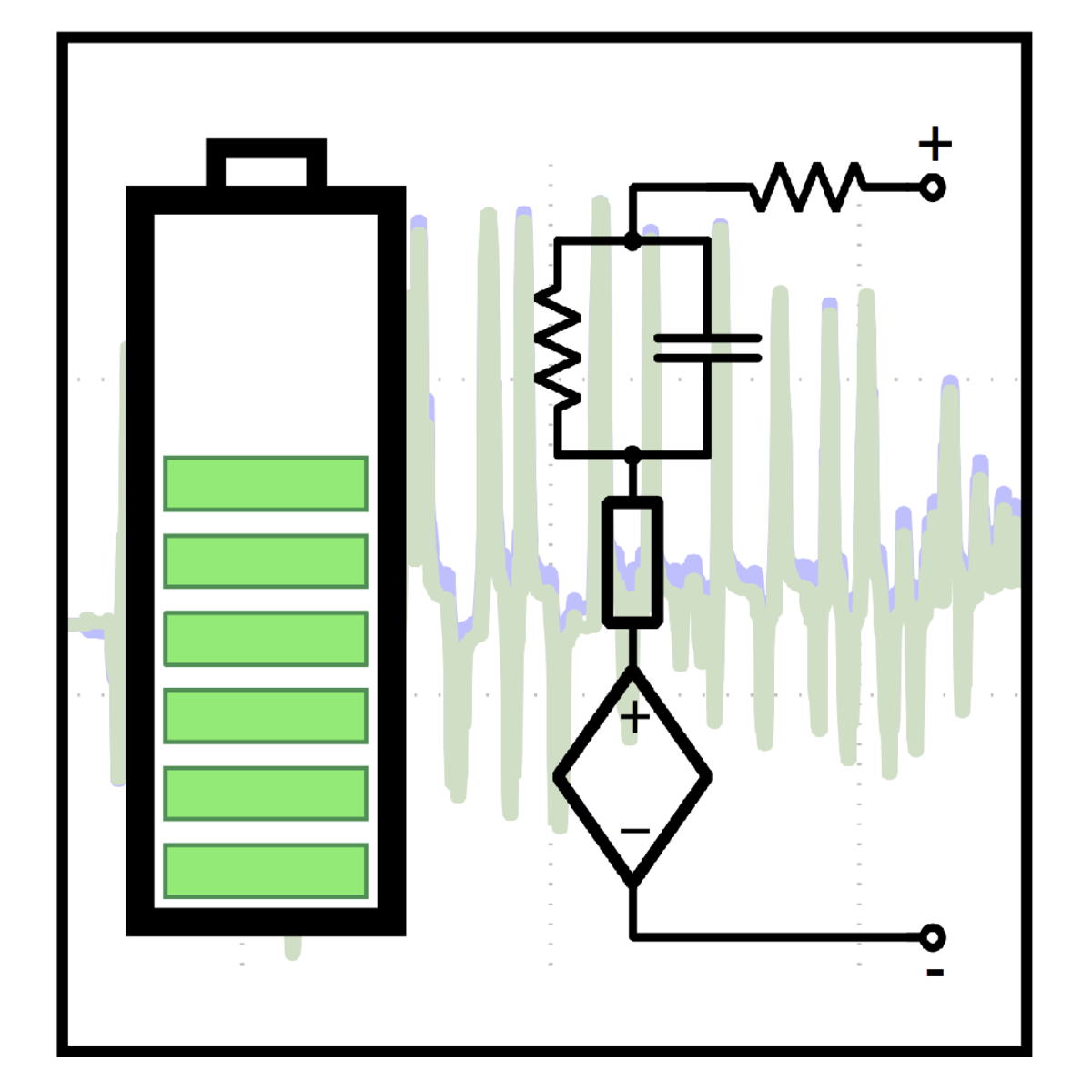


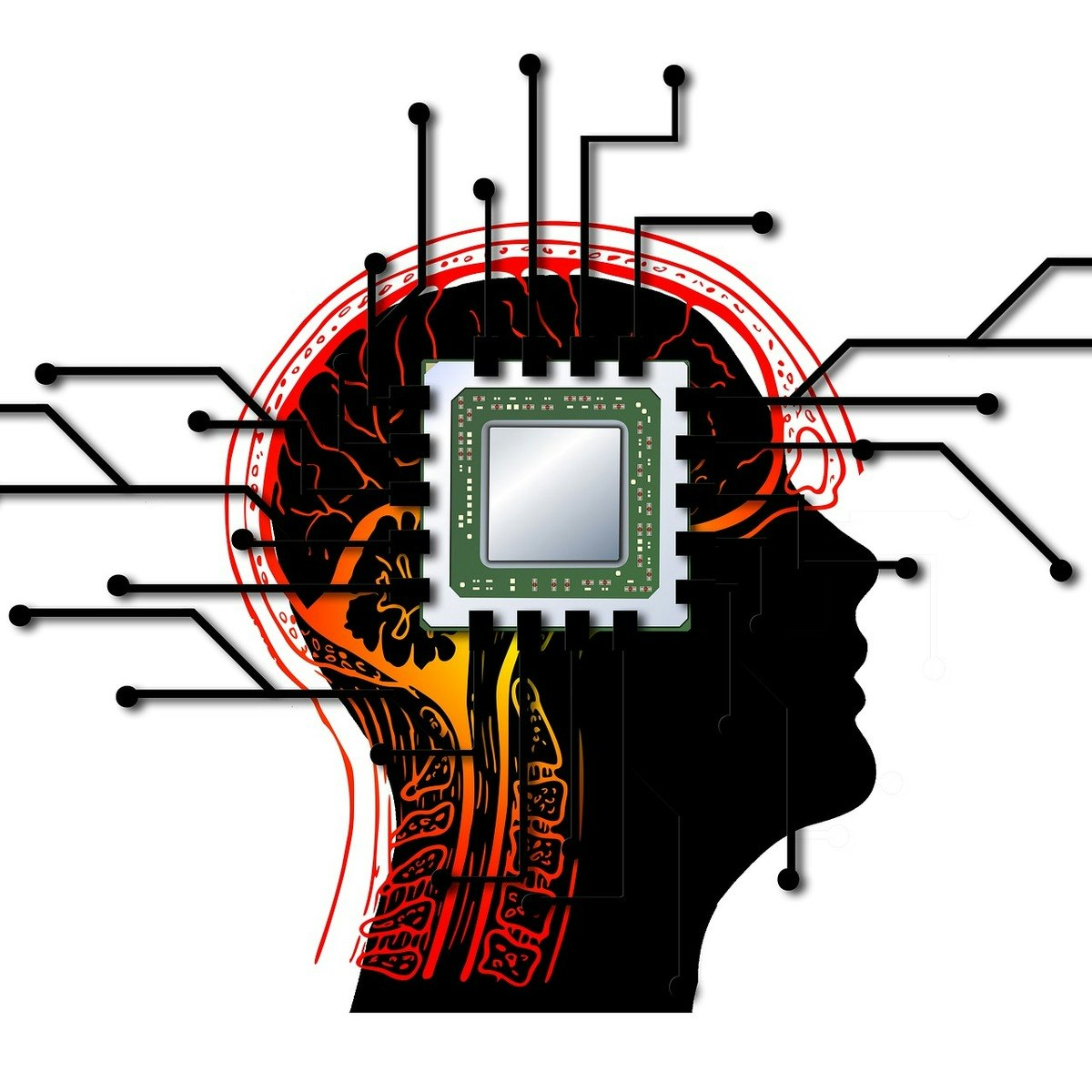
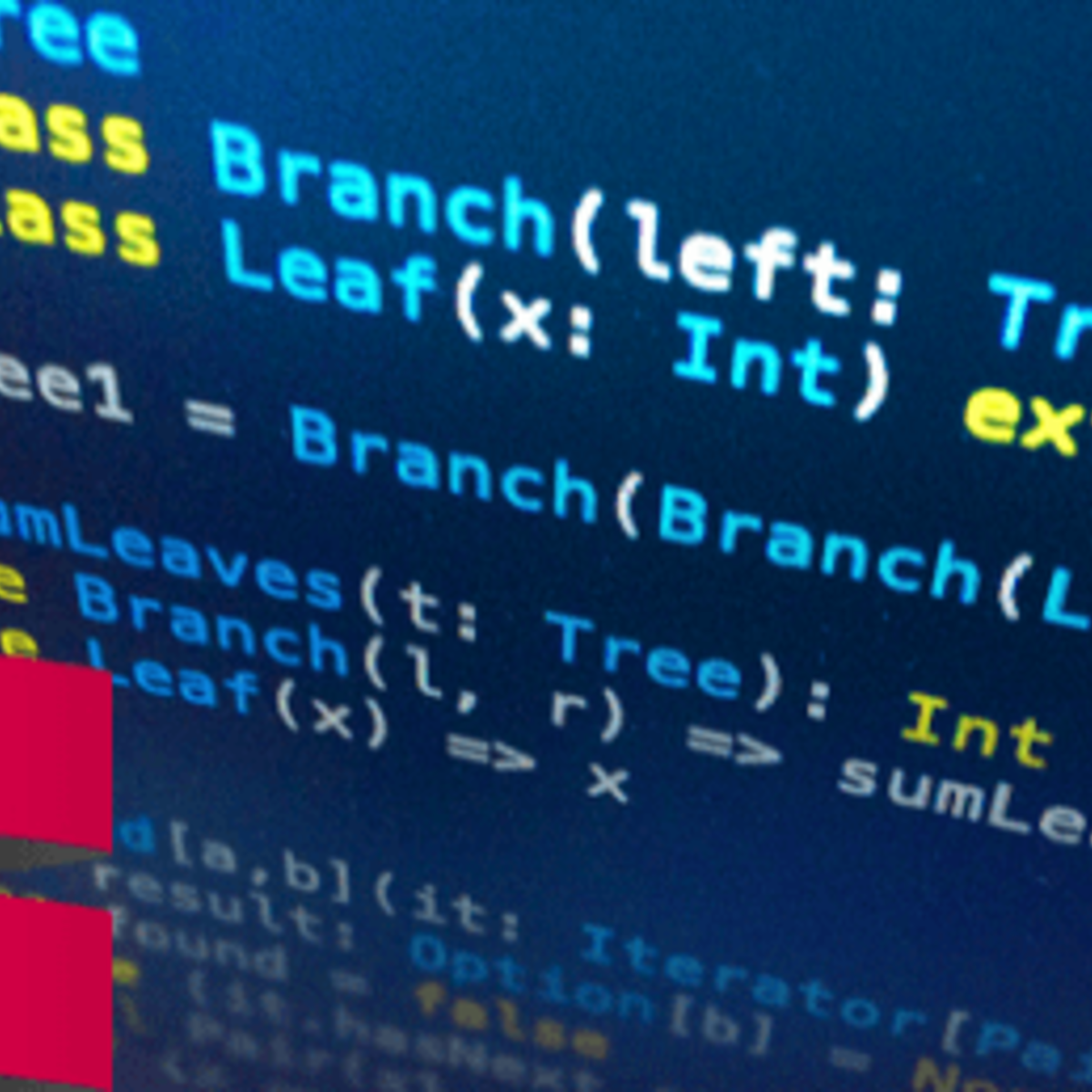


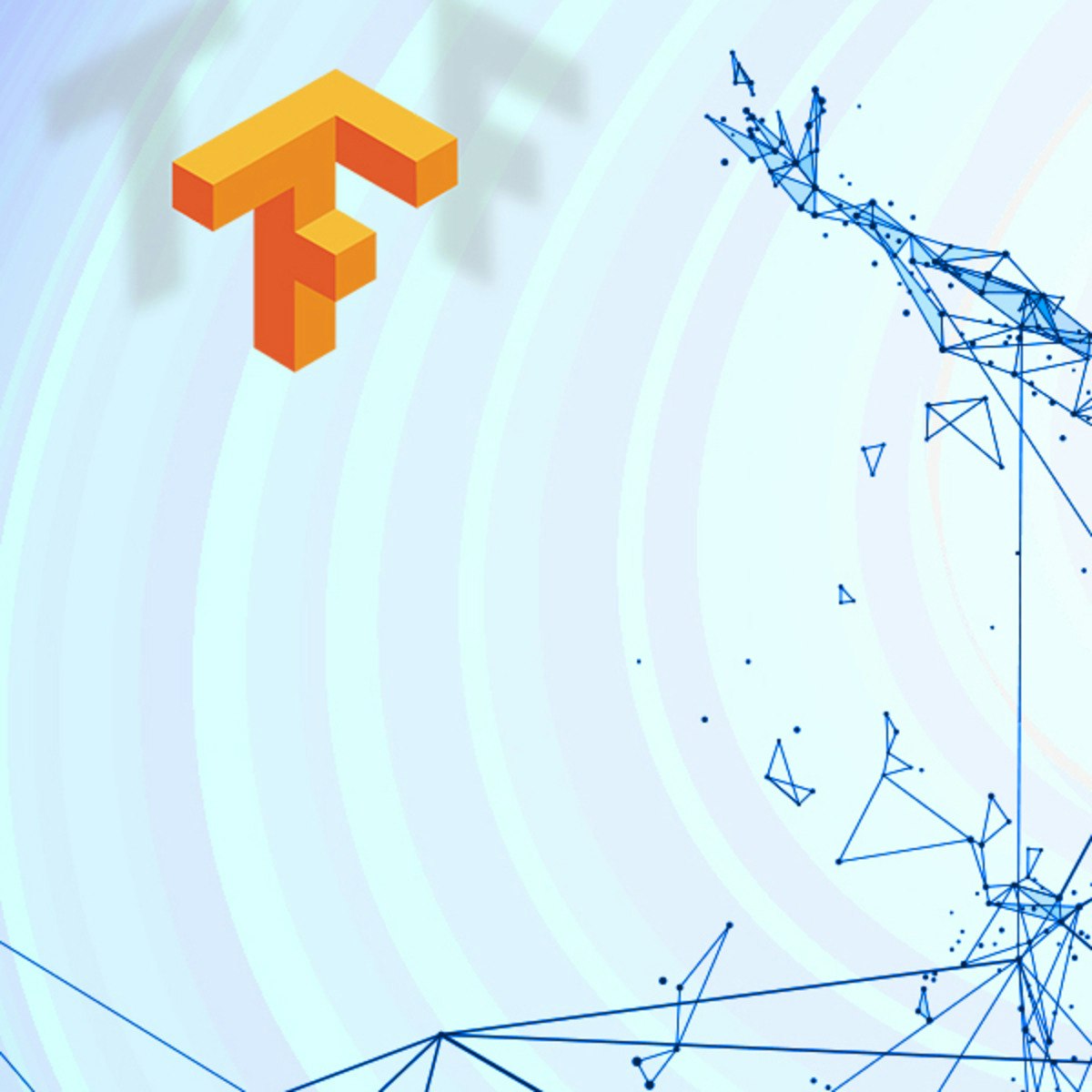
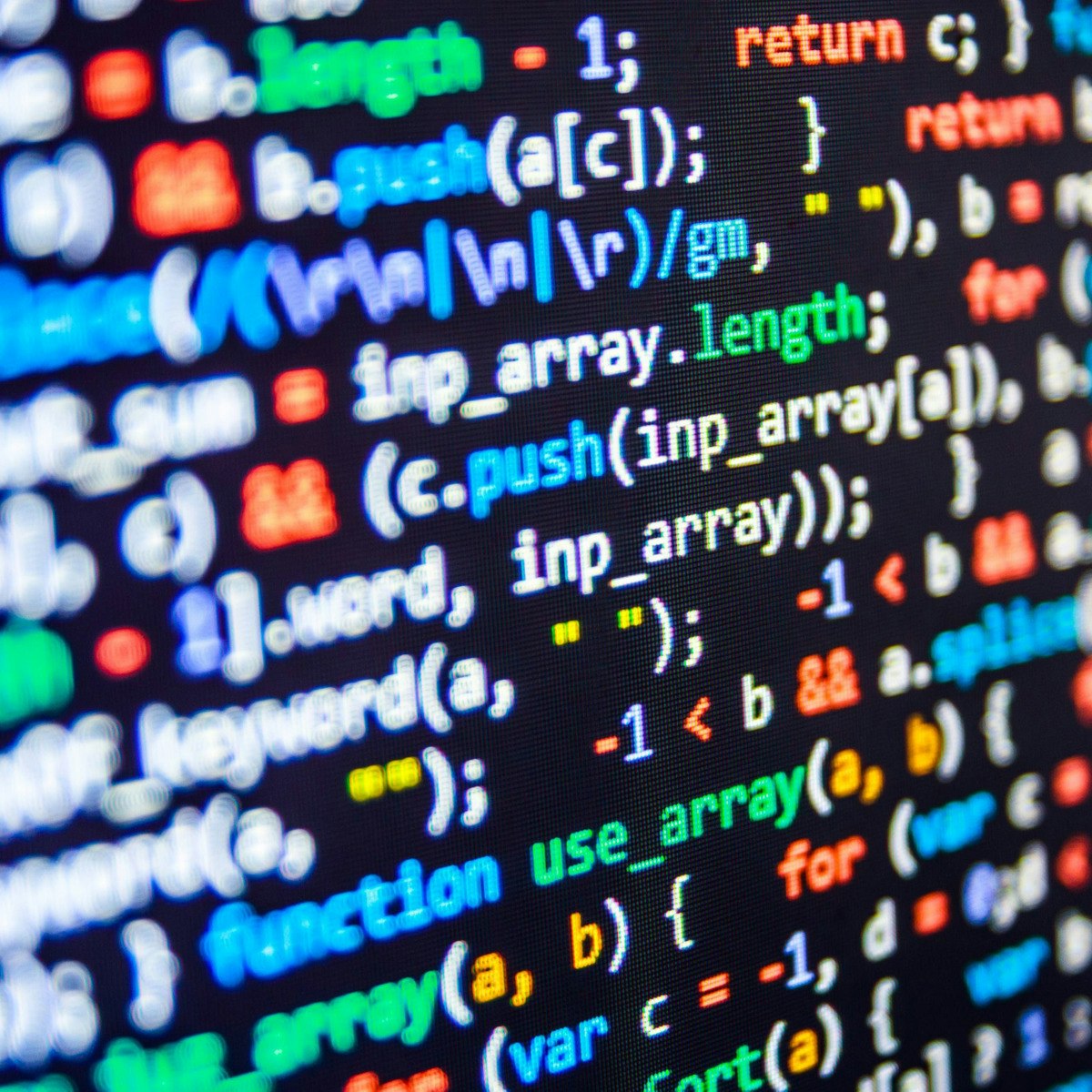
Algorithms Courses - Page 12
Showing results 111-120 of 326

Artificial Intelligence Data Fairness and Bias
In this course, we will explore fundamental issues of fairness and bias in machine learning. As predictive models begin making important decisions, from college admission to loan decisions, it becomes paramount to keep models from making unfair predictions. From human bias to dataset awareness, we will explore many aspects of building more ethical models.

Equivalent Circuit Cell Model Simulation
This course can also be taken for academic credit as ECEA 5731, part of CU Boulder’s Master of Science in Electrical Engineering degree.
In this course, you will learn the purpose of each component in an equivalent-circuit model of a lithium-ion battery cell, how to determine their parameter values from lab-test data, and how to use them to simulate cell behaviors under different load profiles. By the end of the course, you will be able to:
- State the purpose for each component in an equivalent-circuit model
- Compute approximate parameter values for a circuit model using data from a simple lab test
- Determine coulombic efficiency of a cell from lab-test data
- Use provided Octave/MATLAB script to compute open-circuit-voltage relationship for a cell from lab-test data
- Use provided Octave/MATLAB script to compute optimized values for dynamic parameters in model
- Simulate an electric vehicle to yield estimates of range and to specify drivetrain components
- Simulate battery packs to understand and predict behaviors when there is cell-to-cell variation in parameter values
Tracking Objects in Video with Particle Filters
In this one hour long project-based course, you will tackle a real-world computer vision problem. We will be locating and tracking a target in a video shot with a digital camera. We will encounter some of the classic challenges that make computer vision difficult: noisy sensor data, objects that change shape, and occlusion (object hidden from view).
We will tackle these challenges with an artificial intelligence technique called a particle filter.
By the end of this project, you will have coded a particle filter from scratch using Python and numpy.
Note: This course works best for learners who are based in the North America region. We’re currently working on providing the same experience in other regions.

Regression with Automatic Differentiation in TensorFlow
In this 1.5 hour long project-based course, you will learn about constants and variables in TensorFlow, you will learn how to use automatic differentiation, and you will apply automatic differentiation to solve a linear regression problem. By the end of this project, you will have a good understanding of how machine learning algorithms can be implemented in TensorFlow.
In order to be successful in this project, you should be familiar with Python, Gradient Descent, Linear Regression.
Note: This course works best for learners who are based in the North America region. We’re currently working on providing the same experience in other regions.

Methods for Solving Problems
In this course, we will explore different types of problems, the boundaries of what makes a problem solvable, and the different algorithms, rules, and heuristics we can implement to solve these problems.

Big Data Analysis with Scala and Spark (Scala 2 version)
Manipulating big data distributed over a cluster using functional concepts is rampant in industry, and is arguably one of the first widespread industrial uses of functional ideas. This is evidenced by the popularity of MapReduce and Hadoop, and most recently Apache Spark, a fast, in-memory distributed collections framework written in Scala. In this course, we'll see how the data parallel paradigm can be extended to the distributed case, using Spark throughout. We'll cover Spark's programming model in detail, being careful to understand how and when it differs from familiar programming models, like shared-memory parallel collections or sequential Scala collections. Through hands-on examples in Spark and Scala, we'll learn when important issues related to distribution like latency and network communication should be considered and how they can be addressed effectively for improved performance.
Learning Outcomes. By the end of this course you will be able to:
- read data from persistent storage and load it into Apache Spark,
- manipulate data with Spark and Scala,
- express algorithms for data analysis in a functional style,
- recognize how to avoid shuffles and recomputation in Spark,
Recommended background: You should have at least one year programming experience. Proficiency with Java or C# is ideal, but experience with other languages such as C/C++, Python, Javascript or Ruby is also sufficient. You should have some familiarity using the command line. This course is intended to be taken after Parallel Programming: https://www.coursera.org/learn/parprog1.
Note that this version of the course uses Scala 2.13. You can find a more recent version of the course that uses Scala 3 here: https://www.coursera.org/learn/scala-spark-big-data

Algorithmic Toolbox
This online course covers basic algorithmic techniques and ideas for computational problems arising frequently in practical applications: sorting and searching, divide and conquer, greedy algorithms, dynamic programming. We will learn a lot of theory: how to sort data and how it helps for searching; how to break a large problem into pieces and solve them recursively; when it makes sense to proceed greedily; how dynamic programming is used in genomic studies. You will practice solving computational problems, designing new algorithms, and implementing solutions efficiently (so that they run in less than a second).

Enhance your python unit testing using Coverage
In this 1-hour long project-based course, you will learn how to you can use coverage.py to ensure that every bit of your python code is covered by a test - hence the name coverage.py. You will create test functions for a python class, one method and a time. At each step, you will learn how to cover different aspects of your code and use the cool web interface of coverage.py to monitor your progress.
Note: This course works best for learners who are based in the North America region. We’re currently working on providing the same experience in other regions.

Building Deep Learning Models with TensorFlow
The majority of data in the world is unlabeled and unstructured. Shallow neural networks cannot easily capture relevant structure in, for instance, images, sound, and textual data. Deep networks are capable of discovering hidden structures within this type of data. In this course you’ll use TensorFlow library to apply deep learning to different data types in order to solve real world problems.
Learning Outcomes:
After completing this course, learners will be able to:
• explain foundational TensorFlow concepts such as the main functions, operations and the execution pipelines.
• describe how TensorFlow can be used in curve fitting, regression, classification and minimization of error functions.
• understand different types of Deep Architectures, such as Convolutional Networks, Recurrent Networks and Autoencoders.
• apply TensorFlow for backpropagation to tune the weights and biases while the Neural Networks are being trained.

Algorithms for Searching, Sorting, and Indexing
This course covers basics of algorithm design and analysis, as well as algorithms for sorting arrays, data structures such as priority queues, hash functions, and applications such as Bloom filters.
Algorithms for Searching, Sorting, and Indexing can be taken for academic credit as part of CU Boulder’s Master of Science in Data Science (MS-DS) degree offered on the Coursera platform. The MS-DS is an interdisciplinary degree that brings together faculty from CU Boulder’s departments of Applied Mathematics, Computer Science, Information Science, and others. With performance-based admissions and no application process, the MS-DS is ideal for individuals with a broad range of undergraduate education and/or professional experience in computer science, information science, mathematics, and statistics. Learn more about the MS-DS program at https://www.coursera.org/degrees/master-of-science-data-science-boulder.
Popular Internships and Jobs by Categories
Browse
© 2024 BoostGrad | All rights reserved


